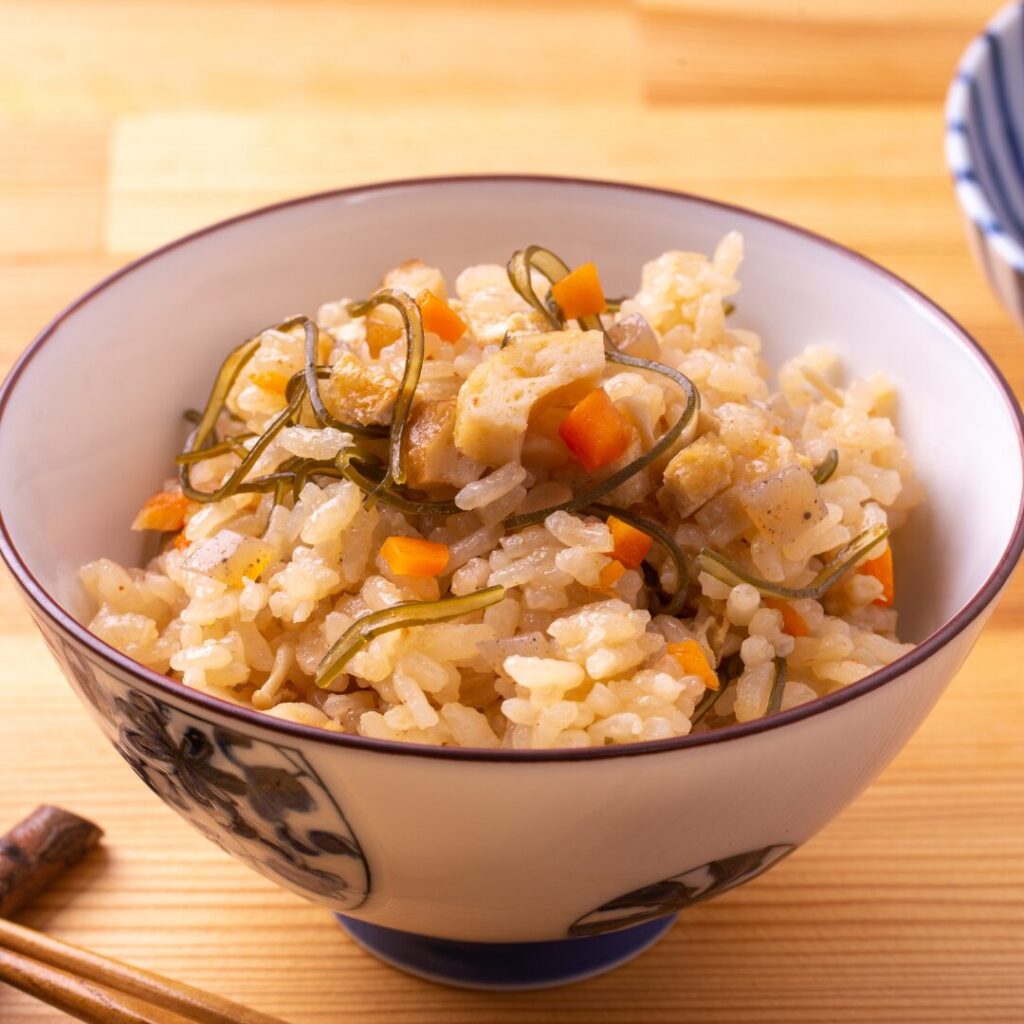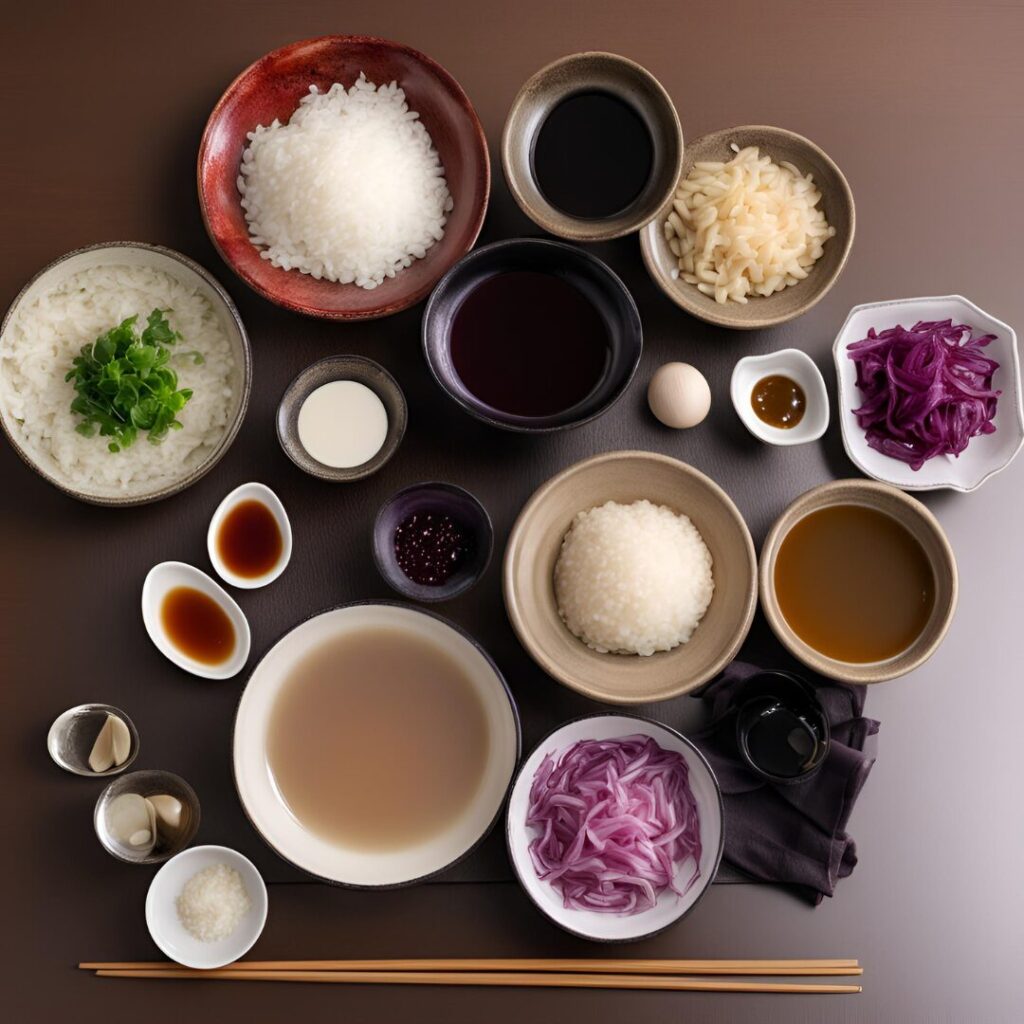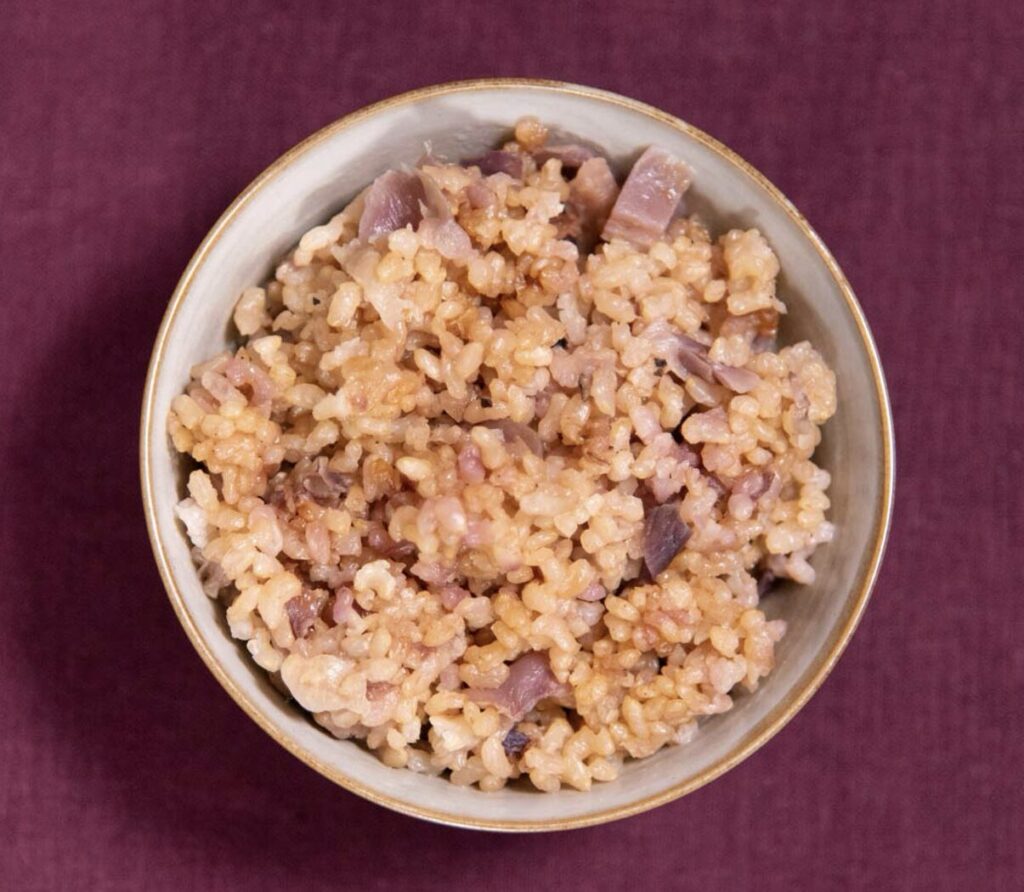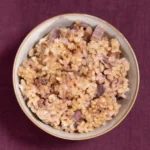Introduction
Welcome to the delightful world of Cabbage Onion Genmai Takikomigohan, a dish that warms the soul with its comforting flavors and homely essence. This dish, which translates to ‘mixed rice,’ has its roots deeply embedded in Japanese cuisine, often gracing the tables during family gatherings and festive occasions. My personal connection with this dish goes back to my grandmother’s kitchen, where the aroma of simmering rice and vegetables promised a meal filled with love and nourishment.


Cultural Context
Takikomigohan is more than just a meal; it’s a culinary representation of Japanese simplicity and harmony. Traditionally associated with the harvest season, it celebrates the bounty of the earth, bringing together various ingredients in a single pot. It’s a common sight during Ohanami, the cherry blossom viewing, where people enjoy this comforting rice dish under the blooming sakura.
Ingredient Spotlight
The stars of this recipe are cabbage and onion, paired with genmai (brown rice), which provides a nutty flavor and chewy texture. Cabbage, with its sweet undertones, and onion, offering a slight piquant kick, are sautéed to perfection before being mixed with the rice. In modern variations, one might find additions like carrots or mushrooms, but the essence remains the same—simplicity and wholesomeness.
Cabbage Onion Genmai Takikomigohan Health Benefits
This dish isn’t just about taste; it’s a powerhouse of nutrition. Brown rice is rich in fiber and essential minerals, while cabbage is loaded with vitamin C and K, known for their antioxidant properties. Together, they create a meal that’s not only satisfying but also beneficial for your health.


Cooking Tips
- Simple way to avoid mushy rice – Japanese cups are different than American cups, so make sure to use the measuring cup that came with your rice maker. Alternatively, if using an American cup follow the liquid:rice ratio on the package.
- I also always slightly underfill the water level, so that the water is just under the hatch mark which always results in a firmer drier rice, which is the way I like it. You’ll have to find what you like best by testing different water levels and seeing the affect on texture.
- You can make this two ways- takikomigohan (like in the video) where I cooked everything in the rice maker or as mazegohan (mixed rice), where you cook the rice first then add the cooked vegetables to the cooked rice by mixing it in. Try both and see if you prefer one over the other!
Serving Suggestions
Serve this comforting bowl of Genmai Takikomigohan with pickled vegetables or a miso soup to complete the experience. For a modern twist, pair it with a green
Variations
Feel free to experiment with this versatile dish. Add tofu for extra protein or ginger for a zesty kick. Some enjoy a sprinkle of furikake (seasoning mix) or a soft-boiled egg on top for added texture and flavor.
Conclusion
Embark on a culinary journey with this cabbage onion Genmai Takikomigohan and discover the joy of simple, nutritious cooking. I invite you to share your experiences, ask questions, or suggest ideas for future posts. Let’s cook, eat, and celebrate the flavors of life together!
PrintCabbage Onion Genmai Takikomigohan Recipe
A Wholesome Twist on a Japanese Classic. a dish that warms the soul with its comforting flavors and homely essence. This dish, which translates to ‘mixed rice,’ has its roots deeply embedded in Japanese cuisine, often gracing the tables during family gatherings and festive occasions.
- Cuisine: Japanese
Ingredients
- 2 cups brown rice, short grain
- 2 Tbsp usukuchi shouyu, light soy sauce
- 2 cups konbu dashi or konbu shiitake dashi (enough to fill to 2 cup line of rice maker or follow package direction for water:rice ratio)
- 1–2 Tbsp ginger, cut into matchsticks
- 1/4 head red cabbage, thinly sliced
- 1/4 onion, sliced
- 1 Tbsp sesame oil
- 1 tsp miso paste
- 1 tsp shiokoji
- Freshly cracked black pepper
Instructions
- Using a saucepan on medium heat, add sesame oil and cook the cabbage, ginger, and onion.
- After about 3 minutes, add in the miso paste, shiokoji, freshly cracked black pepper and mix thoroughly.
- Cook on medium low heat ~ 5- 7 minutes until softened.
- Rinse the brown rice and drain thoroughly, add to your rice maker.
- Add in light soy sauce and add dashi to the 2 cup water line, and add the cooked vegetables.
- Cook the rice and once done, serve and enjoy!





Konnichiwa! (Hello!) I'm Pat Tokuyama, a Japanese tofu cookbook author, who travels for music, food, and adventure. If you like Japanese tea, checkout some of the newestorganic japanese tea, matcha bowls and noren and more!
** Curious about the Plant Based Japanese Cooking Club? ** Learn more here!